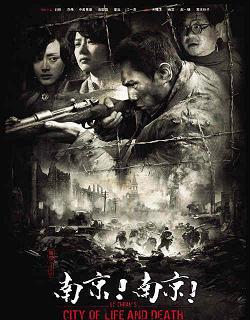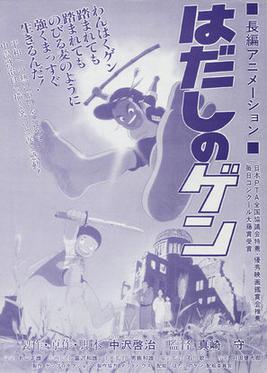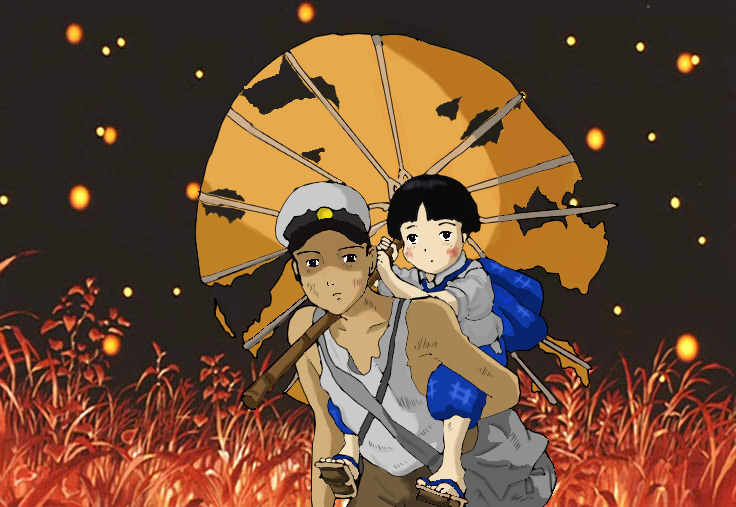“Destroyer” is the story of a WWII destroyer from
construction to combat. The movie was
made with the cooperation of the Navy which provided the U.S. Destroyer Base
and the U.S. Naval Training Station at San Diego. It also provided the Benson class USS
Hobby. The movie was meant to be an
homage to the “Tin Cans” that were the “busybodies of the Fleet. Always looking for trouble and generally finding
it.” The technical adviser was Lt.
Commander Donald Smith. He had been
Navigation Officer on the USS Arizona until one month before the attack. The director was William Seiter who made a
boat-load of B-movies like “Four Jills in a Jeep”. The star, Edgar G. Robinson, served in the
Navy in WWI.
Retired Chief Bosun’s Mate “Boley” Boleslavski (Edgar
G. Robinson) is helping construct the new USS John Paul Jones. He is fired up about this and insists on
perfection from his fellow workers because he served on the original ship in
WWI. He is an old salt who says things
like: “Ships are like women, you call
them she… Stubborn, tricky, temperamental at times.” When the ship is launched, the movie is
over. Just kidding. Boley reenlists and the captain of the new
JPJ allows him to talk him into putting him in his old job. This is perturbing
to the current chief. Mickey Donohue
(Glenn Ford) is resentful of the old geezer.
“Your first trip to the mast was for having a bow and arrow.” Donohue is not the only one who will have to
warm to Boley. He is a hardass that
refuses to admit that the modern navy has passed him by. He has disdain for the youngsters, including Donahue. Plus, he is not current on the workings of
the ship. When the Captain counsels him to dial it down and try an occasional
pat on the back, Boley responds with “I prefer it lower down.” As though the dysfunction factor with Donohue
and the crew is not high enough, Donohue starts courting Boley’s daughter. Boley becomes something of a Jonah as the
ship is a lemon. Both Boley and the John
Paul Jones will be in need of redemption.
“Destroyer” is surprisingly good. It is not the propaganda piece you would
expect considering when it was made and considering the cooperation of the
Navy. The Navy vetted the film, but
obviously the shipyard didn’t. It’s not
all Boley’s fault – the ship is poorly built.
Apparently Boley’s construction comrades were not as patriotic as he
was. It’s all good in the end, of
course. In fact, the redemption of the
ship comes in a final act that is full of action. There is a duel with some Japanese dive and
torpedo bombers (actually played by Douglas SBDs and Grumman Avengers),
followed by a cat and mouse with a sub.
It’s all silly tactically, but fun.
Once you get past the ridiculous machinations to get
construction worker Boley onto the rebirth of his WWI ship, the plot is
serviceable. The speechifying is kept to
a minimum and the one big speech by Boley about the USS Bonhomme Richard (John
Paul Jones’ ship that defeated the HMS Serapis) is surprisingly rousing and
instructive. (One caveat, Jones’ USS Ranger defeated the HMS Drake one
year earlier. The actual first American
victory was the Lexington over the Edward.)
The acting is decent with Ford stealing the show with his brash, wolfish
Donohue. He gets some good barbs and the
dialogue in general is fine. The
romance, however, is perfunctory and does little for the film.
Classic or antique?
Neither. But it’s worth the watch
if you like destroyers and want to kill some time.
GRADE = C+




